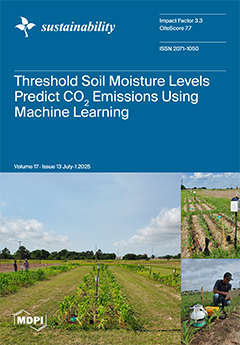Open AccessArticle
Gender-Responsive Research and Innovation: Issues and Initiatives
by
Sanaz Nikghadam-Hojjati, Eda Marchetti, Maria Gustavsson, Filipa Ferrada, Ana Inês Oliveira, Agneta Halvarsson Lundqvist, Anna Fogelberg Eriksson, Oliviu Matei, Jose Barata, Sepideh Kalateh, Nataša Božić, Simona Stojanova, Said Daoudagh and Laura Andreica
Viewed by 2622
Abstract
The demands and preferences of men are often prioritized in societal challenges, despite women comprising half of the world’s population. Gender-Responsive Research and Innovation (GRRI) offers an approach to address this bias, promoting comprehensive and equitable solutions to better-understood real-world problems. The successful
[...] Read more.
The demands and preferences of men are often prioritized in societal challenges, despite women comprising half of the world’s population. Gender-Responsive Research and Innovation (GRRI) offers an approach to address this bias, promoting comprehensive and equitable solutions to better-understood real-world problems. The successful implementation of GRRI depends on recognizing obstacles, staying informed about relevant initiatives, and using this knowledge to develop effective strategies, ultimately contributing to a fairer and more responsive society. This research, using a mixed-methods approach, identified 10 critical GRRI concerns, measures, and strategies to address them, as well as 18 noteworthy initiatives across research, industrial, and regulatory contextual fields. It also enhances the understanding of GRRI, laying the groundwork for an ontology of GRRI that can benefit policymakers, organizations, and researchers seeking more inclusive strategies and practices.
Full article
►▼
Show Figures





